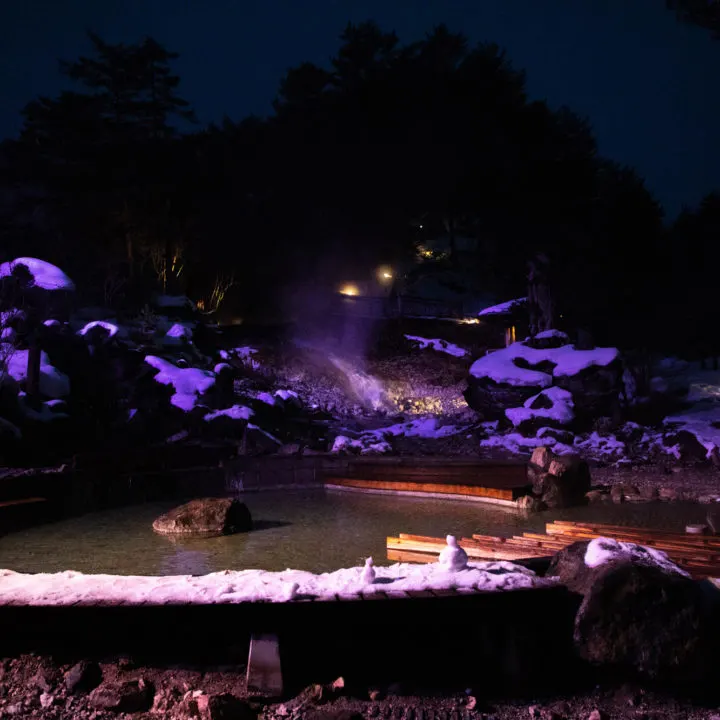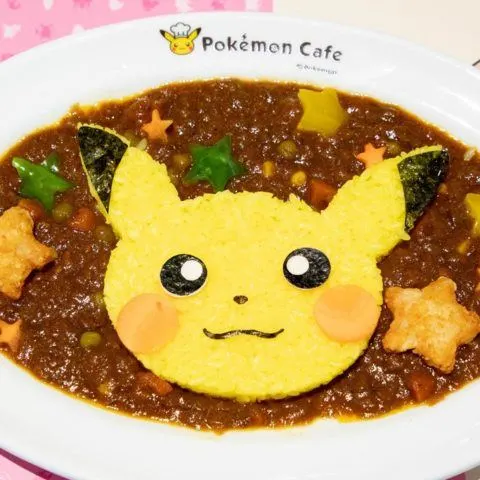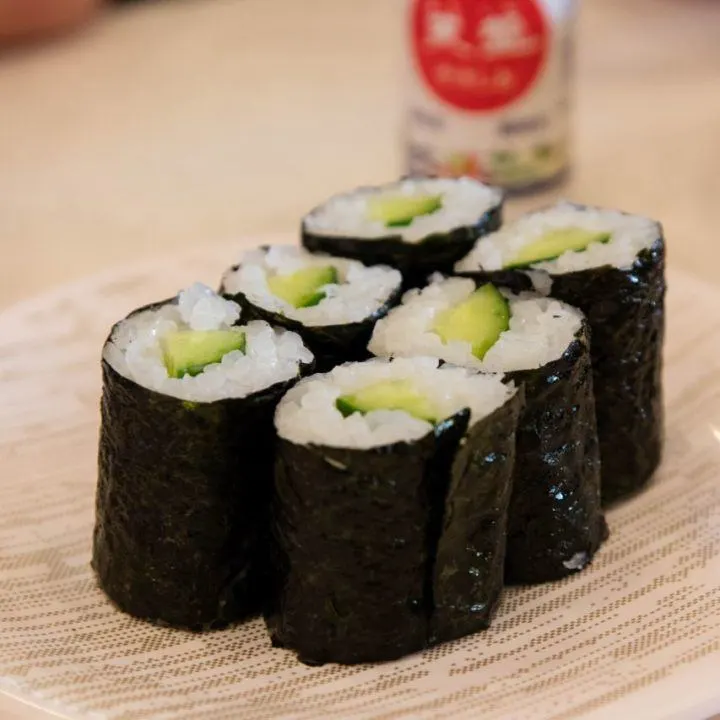Traveling to Japan and looking for some winter fun? The Matsumoto Ice Sculpture Festival sports one of the best ice sculpture competitions in the country. It’s cold, but fun.
After living in Alaska so many years, I can’t help but miss snow. Living on the Kanto Plain of Japan, we got snow flurries occasionally, but it never seemed to stick. Now, don’t get me wrong. I love being able to only wear a medium warmth jacket, instead of my heavy winter gear, throughout most of the winter. However, I also just love winter which promises real snow.
Therefore, I’m always looking for great places to go that will give me that brisk winter feeling. We discovered that heading up to Matsumoto in January is truly a winter experience, especially when you attend the Matsumoto Ice Sculpture Festival.
We’d visited Matsumoto a couple of times before, but always in good weather. It’s a fun city, not too far from Tokyo, which makes it a great weekend destination!
In this article:
- Matsumoto in Winter?
- Matsumoto Ice Sculpture Festival and Competition
- What to Wear
- How to Get to Matsumoto
- Other Matsumoto Attractions

Matsumoto in Winter – Really?
The ice festival takes place every winter in Matsumoto, in late January or early February. Check the festival’s website for the most up-to-date information. Even though winter is the perfect time to visit Matsumoto, most of the things we did are available all year round. There’s plenty to do in this small city, one of many great day trips from Tokyo, only a couple of hours north.
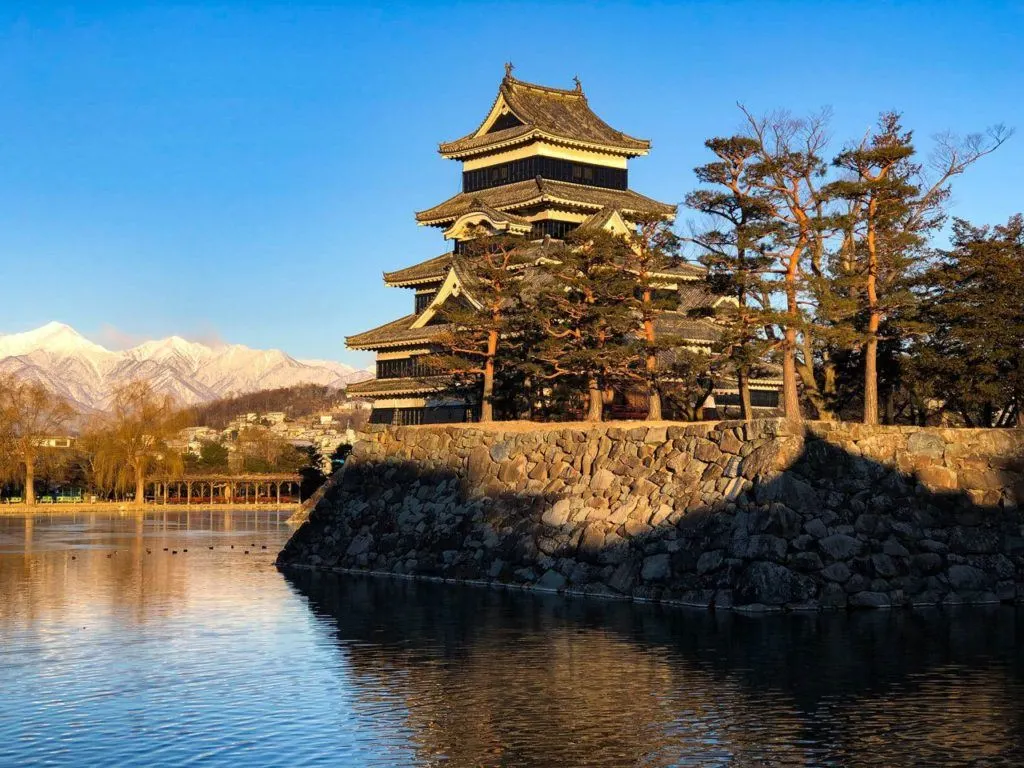
We started off right at Matsumoto castle park. It was here that the ice sculptures were taking place. We watched as they started setting up the sites for the sculpture competition.
Apparently, on Saturday night starting at 6:00 PM, the teams of two from all around the world begin their sculptures. They have 12 hours to complete their competition entry.
At 6:00 the next morning they are judged, and within a couple of hours the awards have been given and the artists have gone home or to their hotel to warm up and get some much needed sleep.

The Matsumoto Ice Sculpture Festival and Competition
Getting Started
We watched as the town crew cordoned off the competition sites, delivered ice blocks, and set up signs. As fascinating as it all was, we knew we would have to come back in the evening for the real action, so we took this chance to visit the castle and museum.
This is one of favorite castles in Japan, but it is cold in the winter time. Be sure and wear thick socks since you’ll be taking your shoes off at the entrance.

Coming back after dark, the competitors were elbows deep into the ice blocks where they were drawing, shaving, and sawing them according to their hand drawn designs. For us spectators, it was frigid.
If you enjoy unique things you can only do in Japan, check out this podcast!
Everyone was stamping their feet, rubbing their hands together, and trying to eat and drink anything hot that they could find. Luckily the food stands were up to the challenge and hearty soups and warm drinks were on hand.

Ice Carving at its Best!
The ice carvers had a tent for warming up, and after a few hours this got used more and more, but overall they were outside in the deepest, darkest, coldest of winter days carving away. It was fascinating to watch a block of ice turn into such intricate and beautiful works of art. I loved the variety of the sculptures, everything from archers to dragons to stags.
I talked with the Canadian team, who travels all over the world to compete, and he told me that they love putting up with the cold to bring their art to life. As the one man chatted with me, his partner was deciphering some of their design notes, and getting right down to work. I wished them luck and promised to come back in the morning to see the finished product.
Jim and I lasted a couple of hours, and then we were so frozen that all we could think of was returning to our hotel, taking a hot shower, and going to bed. As I lay down, warm and cozy, I couldn’t help but think that these artists were hardy and talented, with a passion for their work that I could only imagine.

As much as I do love being outside during the winter, staying up all night and freezing to sculpt ice is just not ever going to be on my bucket list. I was just happy to be able to witness it.
The next morning, after a couple of hot coffees to brace us for the day, we headed out to the castle park. It had snowed overnight, and the roads were still covered with a little dusting of snow. We were going before most people, so there were only a few tire tracks that had gone before us.
However, we found out that we were too late for the awards ceremony. The workers were already packing up the stage. Competition judges were posting the signs to say who had won, come in 2nd place, etc. We were a little bummed not to see the ceremony, but we hurried to see who had achieved what.
Map of Matsumoto in Winter (Ice Festival)

What to Wear in Matsumoto During the Winter
As a general rule, winter in Japan is a comfortable temperature, but let me tell you, the weekend we visited the Japanese ice sculptures, we froze! We had to keep going inside cafés and back to our hotel, just to warm up a little.
Here’s are some tips for dressing for the winter in Japan:
- During the bitter cold, I think it’s super important to keep your feet warm, so wearing a good pair of insulated boots is a must.
- It’s also key to keep your core warm, so we like to wear ski pants, preferably with a bib, when we are spending time outdoors. We actually learned this trick from the Japanese themselves, and it’s a good one.
- Of course, don’t forget your hat, gloves, and maybe an umbrella to keep the wet snow from falling on you (and enhances a lot of your photos as well!)
- No matter what, it’s important to layer, because when you do go inside, or take public transportation, you are going to want to peel off some of those clothes or you will get overheated really quickly.
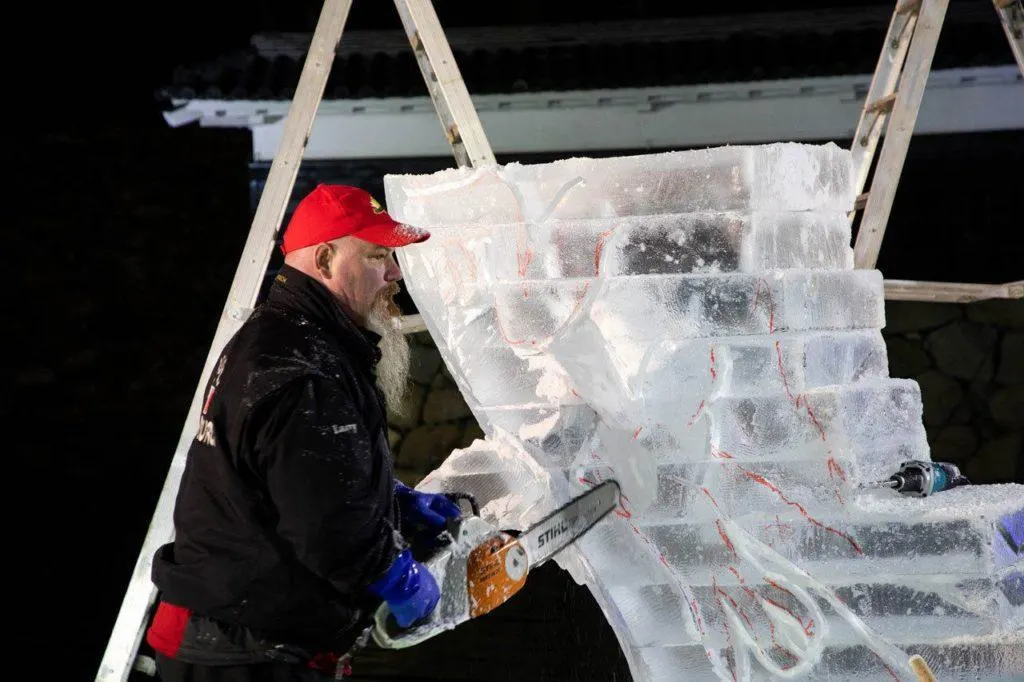
Where to Stay in Matsumoto
Usually our favorite places to stay are from a hotel chain called Dormy Inn, and there is of course one in Matsumoto. However, being January, we picked a hotel that was closer to the castle this time since the Dormy was about a 15 minute walk.

How to Get to Matsumoto in Winter
Take the train! Yes, you can drive just a few hours and make it to Matsumoto from Tokyo, but it snows. The roads get covered. As I mentioned, the city roads had not been cleared by the time we went back to the castle grounds, and parking is always at a premium.
Train from Tokyo to Matsumoto
The train takes about two and a half hours to three hours and will cost about $70 US. From the Shinjuku Station, take the Azusa train. They leave almost every hour, but try to get the “super” train to get there a bit faster.

Don’t Miss These Other Matsumoto Attractions
- The Matsumoto Castle
- City Art Museum
- Yohashira Shrine
- Japan Ukiyo-e Museum
- Folkcraft Museum
- Timepiece Museum
- Tenjin Fukashi Shrine

Conclusion
One of the best times to visit Japan is in the winter. There are surprisingly many things to do from skiing to festivals. Visiting Matsumoto and watching the artists carve these amazing ice sculptures really was fun.
Author Bio: Corinne Vail is a travel photographer, food lover, and a perpetual traveler who has been travel writing for over 14 years. For many years she lived overseas in Germany, Japan, Turkey, South Korea, and the Netherlands teaching the children of the US. military. She’s visited over 90 countries, and she’s not stopping anytime soon.

